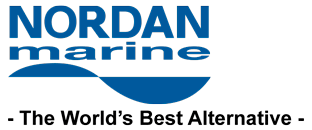Pre-docking Inspections
Pre-docking inspections can provide the vessel owner with awareness on the vessel, which is needed to elude sudden findings during the vessel’s drydocking. A service provider can aid the owner with the expertise and knowledge required concerning designs, licenses and engine types, as well as provide recommendations. In a few words, pre-docking inspections deliver crucial information to the planning of a vessel’s drydocking.
A service provider moves to perform the following: first, they inspect the vessel. Then, they evaluate the vessel. They perform recommendations. These activities can take place up to half a year before drydocking is required. The findings, performance, measurements and running hours are provided in full in a written condition report along with recommendations. In addition, the inspectors can provide a written quotation concerning the required spare parts. The obvious advantages are that the owner is informed about the condition of the engine. They are also informed about the work scope required at the time of the dry-dock as well as the estimated budget. This allows for the maximum optimization of planning, the on-time delivery of required parts and, finally, the costs and time required are reduced.
Importance of Pre-Docking Inspections
The most important aspect of pre-docking inspections is maintaining the propulsion plants. The superintendents and providers check all vessel aspects, including engine supervising. They then can recommend a docking schedule which is based on conditions and technical advices. This ensures that there will be no unforeseen risks and no additional budget costs. Pre-docking inspections include the following:
Inspecting the crankcase; inspecting piston rods and guide rails; inspecting the scavenge port and the flaps; evaluating the deflection of the crankshaft; inspecting the guide bar and chain drive; moment compensator; scavenging the air cooler; inspecting the water mist catcher; checking the general cabling; inspecting the shaft earth grounding device; checking the junction box and ECS cabinets; checking the pneumatic condition; checking the condition of the exhaust gas receiver; measuring the main bearing clearance; measuring the X-head clearance; measuring the guideshoe clearance and; measuring the connecting rod clearance.

